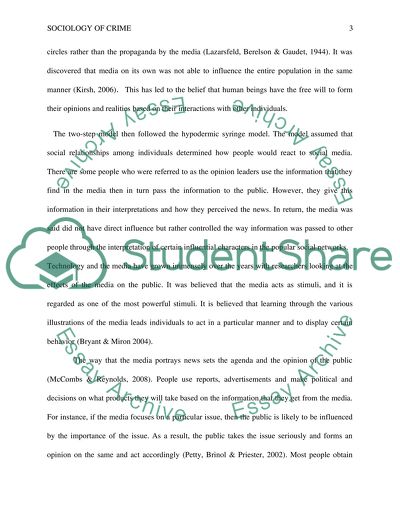Cite this document
(Crime in Media Case Study Example | Topics and Well Written Essays - 2442 words, n.d.)
Crime in Media Case Study Example | Topics and Well Written Essays - 2442 words. Retrieved from https://studentshare.org/media/1690786-criminology-sociology-of-crime
Crime in Media Case Study Example | Topics and Well Written Essays - 2442 words. Retrieved from https://studentshare.org/media/1690786-criminology-sociology-of-crime
(Crime in Media Case Study Example | Topics and Well Written Essays - 2442 Words)
Crime in Media Case Study Example | Topics and Well Written Essays - 2442 Words. https://studentshare.org/media/1690786-criminology-sociology-of-crime.
Crime in Media Case Study Example | Topics and Well Written Essays - 2442 Words. https://studentshare.org/media/1690786-criminology-sociology-of-crime.
“Crime in Media Case Study Example | Topics and Well Written Essays - 2442 Words”, n.d. https://studentshare.org/media/1690786-criminology-sociology-of-crime.


